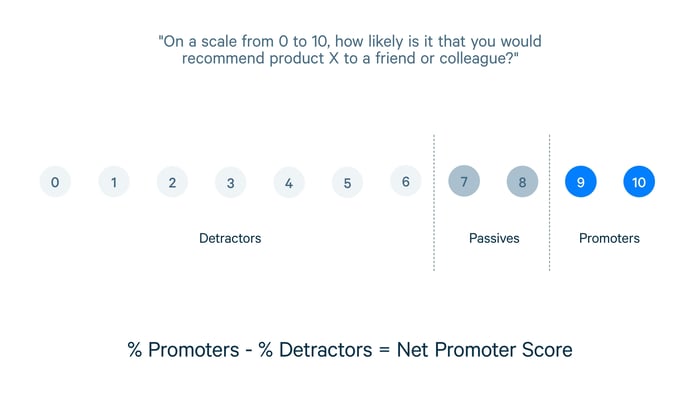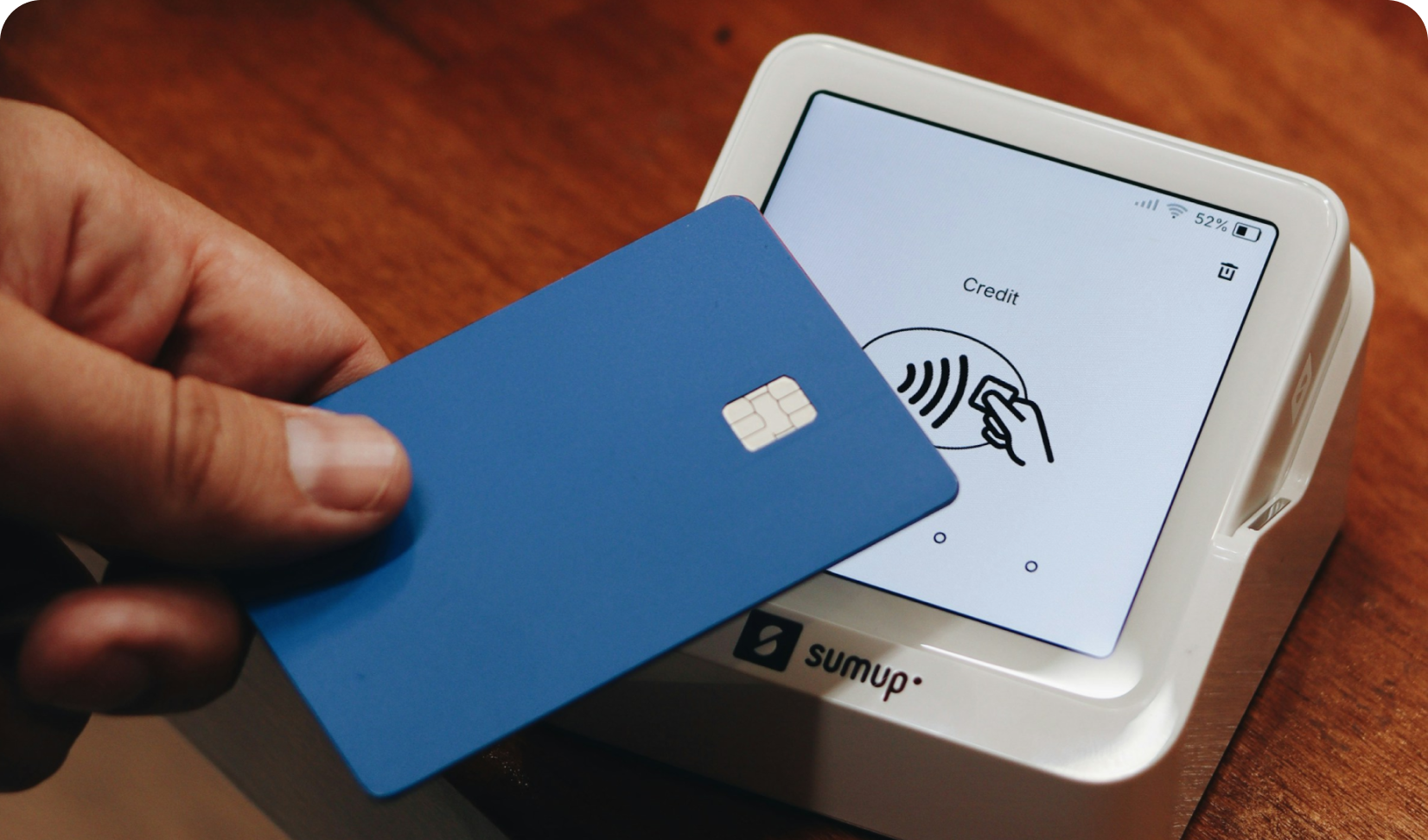Measuring Customer Satisfaction
Appinio Research · 20.10.2022 · 13min read

Content
Measuring customer satisfaction is key to any business's success. Satisfied customers not only return but also recommend products and leave positive reviews, which can lead to future purchases.
But in today's competitive market, keeping customers happy is no easy feat. That's why companies must continually evaluate customers' perceptions of their products and services. Customer satisfaction surveys provide valuable insights into customers' attitudes towards a company.
As market research experts, Appinio can guide you through the process and offer valuable feedback for your feedback study. Let's dive in!
What is Customer Satisfaction?
It is an essential factor for the economic success of any business, and therefore, companies must regularly evaluate how satisfied their customers are.
Only by knowing the expectations of a target group and meeting them can a company satisfy its customers and retain them in the long term.
To define customer satisfaction, the confirmation/disconfirmation paradigm, a construct from social research, is often used. It states that customers have personal expectations of goods, and their satisfaction depends largely on whether these expectations are met.
These expectations are part of the target component of the C/D-paradigm, which contains all the characteristics of a product or service that customers expect from a supplier.
When customers compare the target state with the actual state of a product, the perception is made up of objective and subjective characteristics.
Objective characteristics are easily measurable, such as price or fuel consumption, while subjective characteristics are perceived differently by each customer, such as their experience with a product.
Customer satisfaction results from the comparison between the expectations and the perception of a customer.
If the performance of a company is below the expectations of a customer, they will be dissatisfied ("negative discount confirmation").
If the customer's expectations correspond to their current perception of a product, it is referred to as stabilizing customer satisfaction.
However, if a company's performance exceeds the expectations of a customer, it leads to "positive discount confirmation," which is the goal of any business.
A company must always strive to exceed its customers' expectations to ensure they remain highly satisfied, leading to customer loyalty and positive word-of-mouth recommendations.
In summary, if a customer's expectations are not met, they are dissatisfied. If their expectations are met, they are satisfied, and if their expectations are exceeded, they become extraordinarily satisfied.
Research experts answer: Why is it not only about avoiding complaints?
Customer satisfaction analysis isn't just about avoiding complaints; it's about gaining a deep understanding of your customers' needs and preferences. By doing so, you can enhance their overall experience, foster loyalty, and drive positive word-of-mouth, which are crucial for sustainable brand and business growth.
How to Measure Customer Satisfaction?

There are three different, common measures of customer satisfaction and we'll tackle them one by one in this article:
- Customer Satisfaction Score (CSAT)
- How satisfied are you with product X / service X?
- How satisfied are you with product X / service X?
- Net Promoter Score
- How likely is it that you would recommend product X / service X to your friends, relatives or colleagues?
- How likely is it that you would recommend product X / service X to your friends, relatives or colleagues?
- Customer Effort Score
- How much effort did you have to put in so that your request was processed by Company X?
Customer Satisfaction Score (CSAT)

This is typically done on a scale of 1 to 5 or 1 to 7, with the average score providing an overall indication of customer satisfaction.
However, it's important to be cautious when interpreting CSAT results, as certain response tendencies like extreme answers can potentially skew the outcome.
To avoid this, some companies use symbolic scales like smileys instead of numerical scales to measure the CSAT.
Net Promoter Score (NPS)
This approach was created by Satmetrix Systems, Inc., Brain & Company, and economic strategist Frederick F. Reichheld in their article "The One Number You Need To Grow" published in the Harvard Business Journal.
To determine the Net Promoter Score, customers are asked whether they would recommend a certain product or company to others.
If they agree, this indicates that they are satisfied.
Customers of a particular brand or buyers of a product are asked two different questions, one of which is: "How likely is it that you would recommend company X, or product X / service X to your friends, relatives or colleagues?"
Respondents give a rating on a scale from 0 to 10, where 10 means that it is highly likely that they would recommend the product.
- Customers who give a 9 or 10 rating are referred to as "promoters", meaning they are very satisfied with the product.
- Those who choose a 7 or 8 are called "passives," meaning they are still undecided.
- Those customers who answer with 0 to 6 are called "detractors," meaning that they are unlikely to recommend the product to others.

The Net Promoter Score is then calculated by subtracting the percentage of detractors from the percentage of promoters.
The NPS varies between -100% and +100%.
The more positive the NPS, the more satisfied customers a company has.
In addition to the first question, a satisfaction survey usually includes a further question asking customers to explain the reason for their rating.
This question is known as the "Voice of Customer" (VOC), where the customer has the opportunity to write down the reasons for their satisfaction or dissatisfaction. Companies can use the answers to learn more about their customers.
The NPS is easy and quick to calculate, and the evaluation is simple and easily interpretable. It is, therefore, very suitable to be included in a customer satisfaction survey, for example in a standardised questionnaire.
Determining NPS and VOC is usually the beginning of a long process in a company. Companies can use this method to identify causes for dissatisfaction and align their future strategies accordingly.
It is important to keep in mind that Frederick F. Reichheld has proven in a study for which he examined more than 30 industries that the Net Promoter Score correlates significantly with the growth of a company.
Customer Effort Score (CES)
The CES was introduced by Matthew Dixon, Karen Freeman, and Nicholas Toman in 2010 as a metric for customer satisfaction in the Harvard Business Review.
In a study involving more than 75,000 participants, they found that customers who received a quick and simple solution to their problems with a product from a company were much more likely to become loyal customers.
Of those survey participants who indicated that they felt their effort was very low, 94% later said that they would buy from that company again, and 88% of them said that they would even be willing to pay a higher price.
Compared to the two previously described metrics, the "Customer Effort Score" (CES) focuses on the effort that customers have to put in to get their request processed by a company, rather than measuring their satisfaction with a product or service.
This metric is all about the customer experience, and it involves just one question:
- "How much effort did you feel you had to put in to get your request processed by Company X?"
Respondents can choose from a scale of 1 (very low effort) to 5 (very high effort).
This makes the CES a reliable predictor of customer loyalty. It can be included in a customer satisfaction questionnaire alongside the NPS or CSAT.
Customer satisfaction measurement can also be part of brand tracking.
Can't wait to run your Customer Satisfaction survey? Sign up to our Appinio platform for free and use the customer satisfaction template?
Four easy steps to get your Customer Satisfaction started
Step 1: Define your target group
Before conducting a customer satisfaction analysis, it is important to precisely define the target group.
This involves identifying who the customers are and determining whether feedback is needed from everyone or only from certain subgroups.
For example, a stationery manufacturer may want to survey schoolchildren, a canteen may want to survey customers who eat vegetarian food, and a shoe company may only want to know the opinion of customers who exercise regularly.
In digital market research, screening questions can be used to identify these customers.
Additionally, it is important to decide how many customers to interview, as it is not feasible to survey all customers. Therefore, the ideal sample size needs to be established for the study.
Step 2: Design of the Questionnaire
Once the target group is identified, the appropriate questionnaire for a satisfaction survey can be designed.
There are several things to consider when designing the questionnaire, including what a company wishes to know from its customers.
This may include questions related to the Customer Satisfaction Score (CSAT), Net Promoter Score (NPS), or Customer Effort Score (CES).
Examples of other questions that can be included in a customer satisfaction questionnaire can be found at the bottom of this page.
The survey should be tested several times before it is distributed to customers to ensure that it meets certain quality criteria, and it should be determined how long the survey should take and by when the results should be available.
Step 3: Evaluate the data
The evaluation of a customer satisfaction survey is based on a descriptive analysis.
This involves calculating mean values and frequencies, describing the distribution of the answers using variance and standard deviation, and potentially splitting respondents into groups again for further analysis.
For instance, one could compare the answers of women and men.
Step 4: Drawing conclusions
Once the results of the customer satisfaction analysis have been evaluated, conclusions can be drawn.
For example, if customers are found to be dissatisfied, the company can take measures to address the issues and improve customer satisfaction.
Additionally, it is important to consider dissatisfied customers as a learning opportunity.
Data from the satisfaction analysis can also form the basis of future corporate strategies and marketing campaigns.
Consumer satisfaction should be measured regularly as part of brand tracking studies, allowing for comparison of data collected at different times and the effectiveness of measures to increase satisfaction to be checked.
❓Need some extra help? Talk to our experts, they will consult on the best course of action for your study!
Customer Satisfaction Analysis advantages
Conducting a customer satisfaction analysis has several advantages for a company, including the following:
-
- Repeat business: Satisfied customers are more likely to return for future purchases or services, leading to increased revenue and customer loyalty.
- Price sensitivity: Customers who are satisfied with a company's products or services may be willing to pay a slightly higher price, leading to increased profits.
- Positive word-of-mouth: Satisfied customers are more likely to share their positive experiences with others, which can lead to increased brand awareness and new customers.
- Feedback for improvement: Dissatisfied customers provide valuable feedback that can be used to improve products, services, and customer experiences in the future. By addressing their concerns, companies can prevent future customer dissatisfaction and improve overall satisfaction levels.
- Repeat business: Satisfied customers are more likely to return for future purchases or services, leading to increased revenue and customer loyalty.
Wrapping up
In conclusion, customer satisfaction analysis is a vital tool for businesses to measure the level of satisfaction of their customers.
By using various metrics like the Customer Satisfaction Score (CSAT), Net Promoter Score (NPS), and Customer Effort Score (CES), companies can gather valuable feedback from their customers and make informed decisions to improve their products or services.
Through a four-step process of defining the target group, designing the questionnaire, evaluating the data, and drawing conclusions, businesses can gain insights into what their customers need and want.
Furthermore, analysing customer satisfaction can lead to several advantages, such as increased customer loyalty, higher prices, and positive word-of-mouth recommendations.
Therefore, it is essential to regularly measure customer satisfaction to ensure the long-term success and growth of any business.
Get facts and figures 🧠
Want to see more data insights? Our reports are just the right thing for you!


